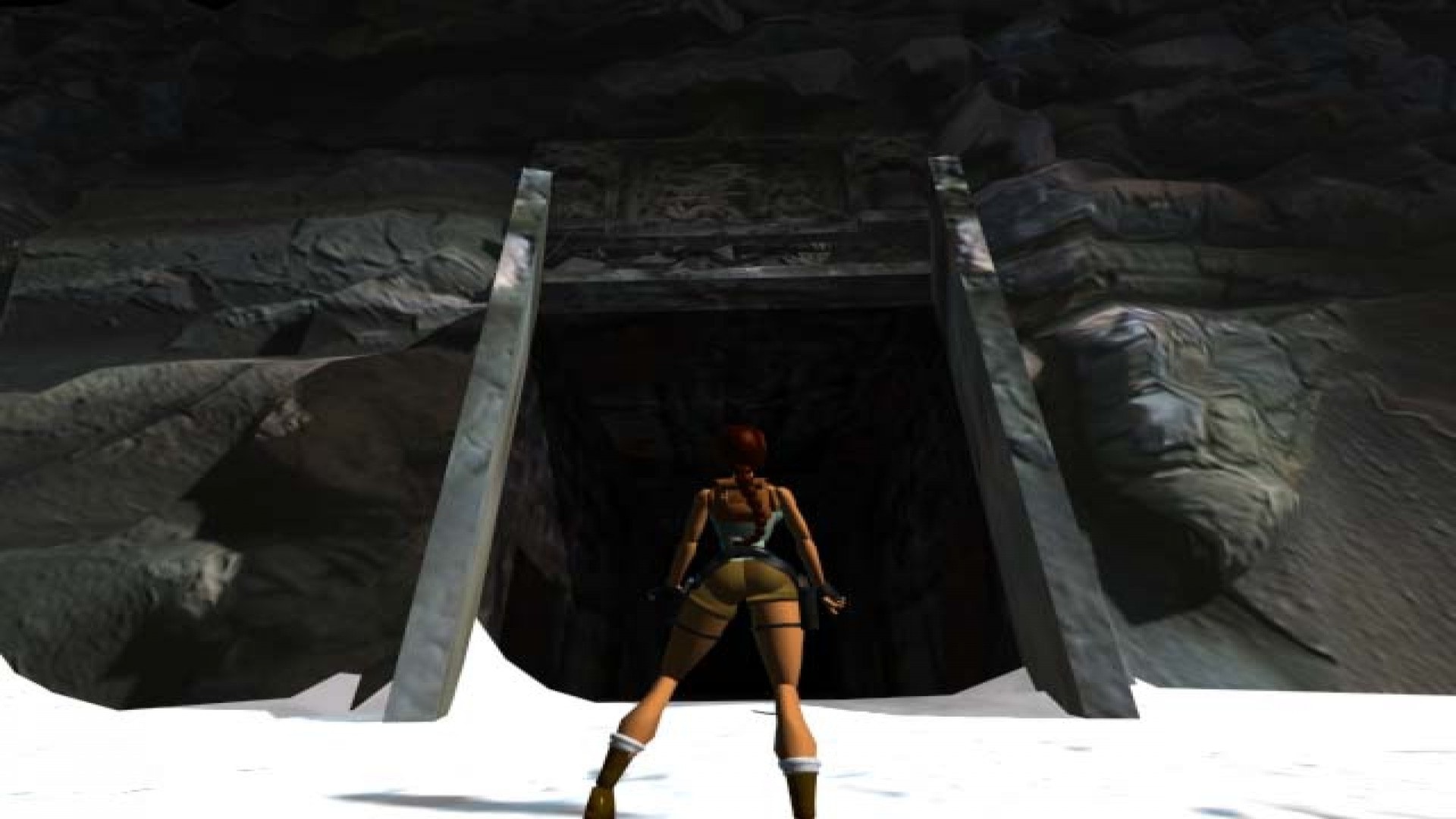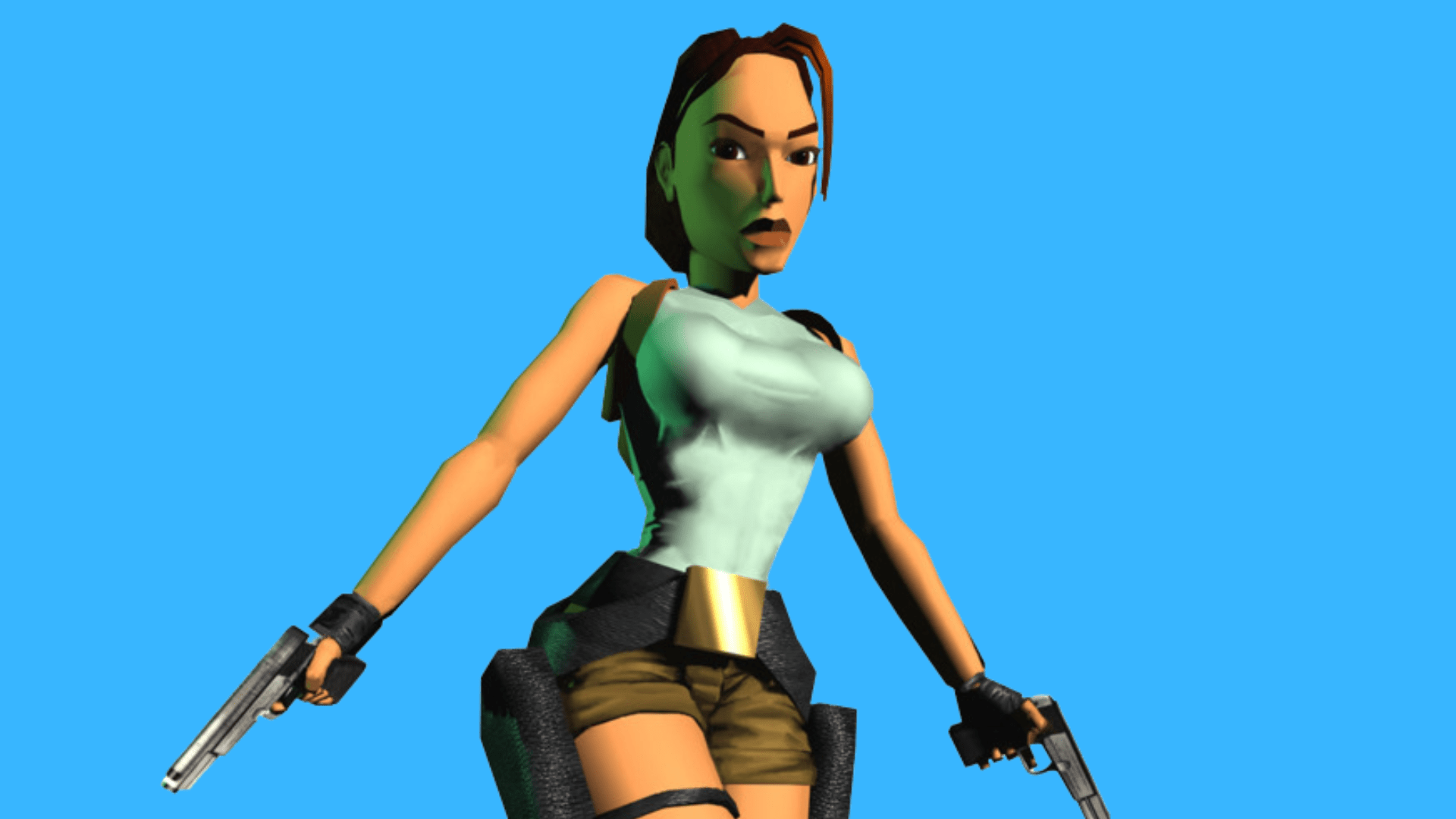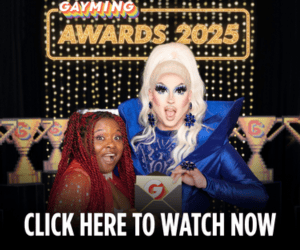Bring back the Lara Croft that empowered queer gamers
My introduction to cultural icon Lara Croft did not come in 1996, when she first started raiding tombs and shooting endangered animals, oh no. It was the following year when Tomb Raider 2 plonked gamers at the mercy of Italian mobsters and terrifying frozen warriors that animated and started shoving spears in you. I bought it as a birthday present to myself, holed up in my bedroom and became intensely involved with a friend that 25 years later, still has my back.
For several hours a day, I was just as independent, determined and powerful as the adventurer, rather than the shy, bullied kid who, in the real world, was too scared to speak or look anyone in the eye. Even as I battled to get past the incredibly challenging Great Wall of China level, I was in my element. Desperately trying to use a harpoon gun – the most pointless weapon in the history of gaming artillery; getting repeatedly murdered by a double-shotgun wielding goon at the end of the Italy levels; almost literally shitting myself in that pitch-black hut with the yetis. It was all just pure bliss.

This version of Lara Croft – the one that existed in the classic games – felt very specific. From Tomb Raider 1 to 6, the adventurer almost exclusively worked alone and whilst members of her team, like Zip, provided assistance by way of a headset and a teenage Lara was helped along ever so slightly in The Last Revelation and Chronicles, their help wasn’t imperative in her survival.
From 1996 until 2003, Lara was unapologetic and aloof and took shit from nobody, seeming to exist outside of ‘real’ society and defied convention with every leap and bound. As well as being aspirational, an apparent estrangement from her parents also made Lara relatable to queer people whose families didn’t understand or had turned their backs on them. She acted the way we wanted to when faced with daily adversity.
Arguably, this version of Lara was not created to be a queer icon. Once she was the face of Lucozade and on the cover of The Face magazine in 1997, it became clear that the marketing strategy was to dominate every cis-heterosexual man’s wet dream. The fact she was made so ample bosomed makes one arrive at a certain conclusion about the developer’s target audience:. Arguably, this ‘ample bosomed’ version of Lara – the one that became the face of Lucozade, was geered towards a cis-heterosexual male audience and not, the queer community. At least not explicitly. I read an article in i-d recently, about ‘disidentification’, which describes the process in which queer people ‘find’ queerness in cultural narratives not meant for us. Lara Croft is a perfect example of this. Even the 2001 film, starring Angelina Jolie, gloriously ramped up how much of an arsehole she could be, but then objectified her through an apparent male gaze – remember that shower scene? These two contrasting elements of Lara’s image were at war with one another for many queer gamers like myself.

Then we arrive at Tomb Raider’s ‘survival’ era, by way of a detour through ‘legend’. It’s understandable why Crystal Dynamics, who took over the franchise from original developers and creators, Core Design in 2003 took it in a new direction. After six games and most notably, the failure of Angel of Darkness, the series was suffering from over-exposure and sales weren’t what they had once been. It was time to rethink what Tomb Raider and Lara could be.
2013’s Tomb Raider really pushed the adventurer – and the series – to their limits. Suddenly she wasn’t shooting T-Rex’s and then carrying on as though nothing had happened, Lara was now vulnerable, multi-faceted and the stakes had never felt higher. It seemed as though she and the games no longer existed as separate entities. Gone were the days of being a highly sexualised cover girl who had a silly little side job unearthing ancient tombs – perhaps Tomb Raider could finally be something more pure. More human.
Ten canon games later, Lara has more realistic looking boobs and has found a new generation of fans, especially in the queer community with Lara now having a close lady friend, Sam. This relationship has prompted fans to say they’re romantically involved, with one of the 2013’s game’s writers, Rhianna Pratchett famously declaring that part of her “would’ve loved to make Lara gay.” It felt like at some point, Lara might just become officially queer.

The fact a game as visible as this, has even played around with explicit queerness is, of course, fantastic. But there’s still something to be said for the aspirational which, arguably, Lara isn’t quite as much anymore. She was like a superhero, capable of taking on anything that got in her way, including dinosaurs and mythical beasts. Queer kids playing as Lara in the 90s and early 00s lived double lives: they were brutalised in the real world where emotion was forced out of them but then provided with a glimpse into a world where they had agency and control. Back then, Lara didn’t feel the need to show her emotions unless absolutely necessary and always on her terms. Can the same be said for her now?
Whilst Tomb Raider still allows gamers to escape from reality, does it make them forget in the same way they previously did? Becoming someone so unlike yourself is true escapism, as well as being aspirational. As wonderful as it is to play as a relatable character, this will always ensure you’re never quite fully immersed in the fantasy.
With a new game on the horizon, a promise from Crystal Dynamics to unify the classic and survivor timelines, and even petitions to return Lara to her former glory, it feels like we might just get this aspirational and fabulous Lara back. Maybe, just maybe, we’ll get something even better that will blow the minds of a whole new generation of queer people. That makes the future of Tomb Raider seem very exciting indeed.









